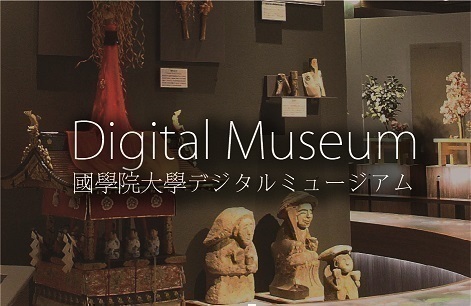- トップ
- Encyclopedia of Shinto
- Awashima Shinkō
Encyclopedia of Shinto
| Main Menu: | |
| Links: |
詳細表示 (Complete Article)
| カテゴリー1: | 6. Belief and Practice |
|---|---|
| カテゴリー2: | Shrines and Cultic Practices |
| Title | Awashima Shinkō |
| Text | Devotion to the Awashima kami based on beliefs about the kami's efficacy in curing female ailments, helping to conceive children, and ensuring safe childbirth. Kada Jinja, the head shrine among the Awashima shrines throughout the country, is in Wakayama Prefecture's Kaisōgun county, and is a one of the shikinaisha, or shrines recorded in the classic Shinto text Engishiki. Kada Shrine is also called Awashima Myōjin, and popularly referred to as the Ebisu kami. According to legend, the kami of Awashima, who was the divine consort of Sumiyoshi Myōjin, became afflicted with a female ailment (fujinbyō) and exiled to Awashima. Because of her own suffering, she vowed to heal the illnesses of women. Today, this legend connecting the two kami of Sumiyoshi and Awashima is attributed to the fact that Awashima was a "shrine land" (shinryō) of Sumiyoshi Shrine. During the Edo Period, devotees of Awashima, known as "Awashima ganjin," traveled the country carrying small portable shrines (zushi) containing anthropomorphized dolls of Awashima Myōjin bound in pieces of cloth. These devotees performed in front of people's homes in exchange for alms or offered their services as "representative pilgrims" (daisan), leading to the country-wide propagation of this devotion to Awashima. There is a custom at the shrine whereby people make offerings of hina ningyō (dolls used in the annual Hina Matsuri or Doll Festival), combs, or hair ornaments (kanzashi), and the shrine provides paper Awashima bina dolls to visitors. — Satō Masato |




